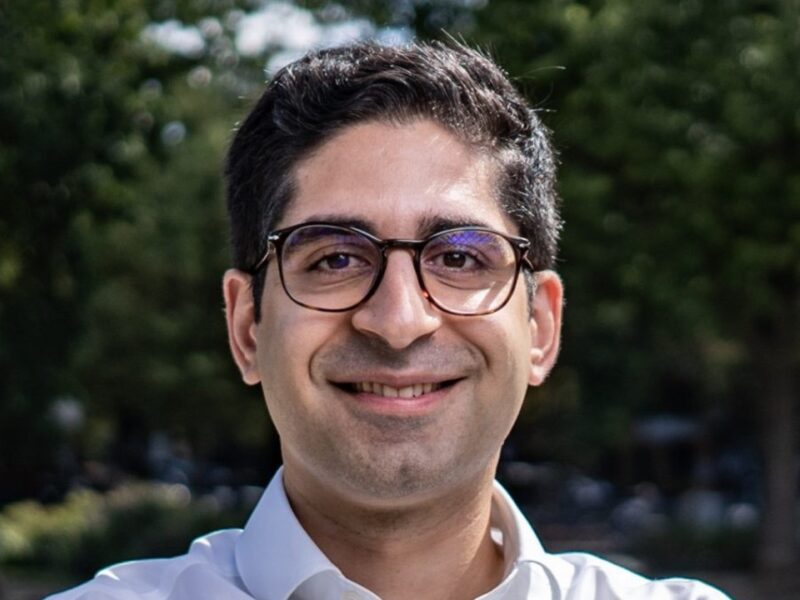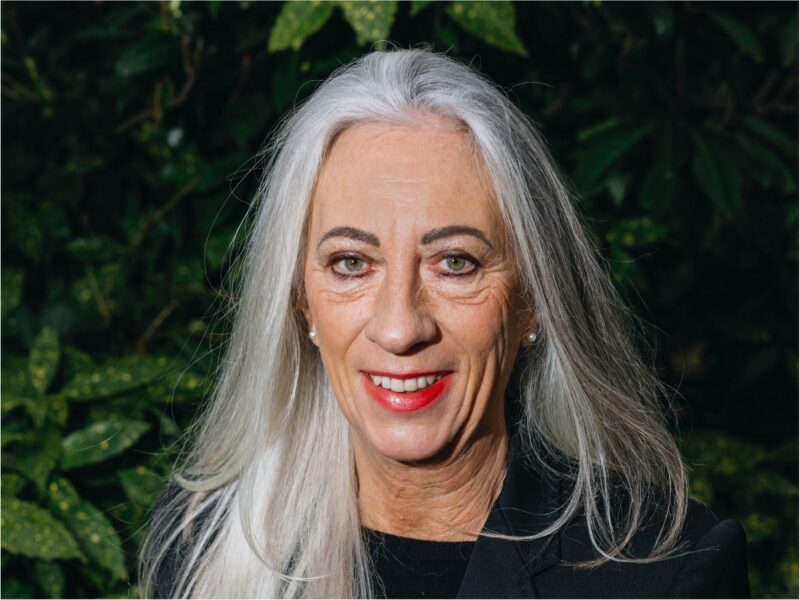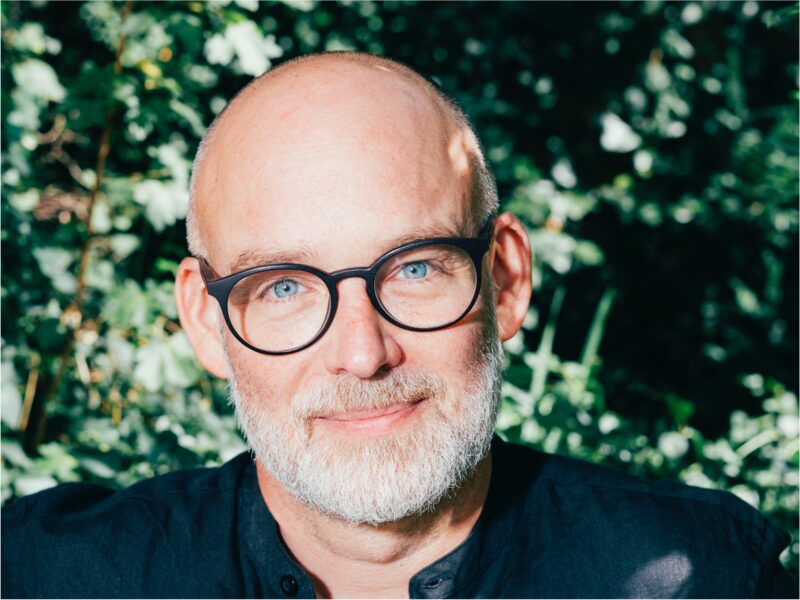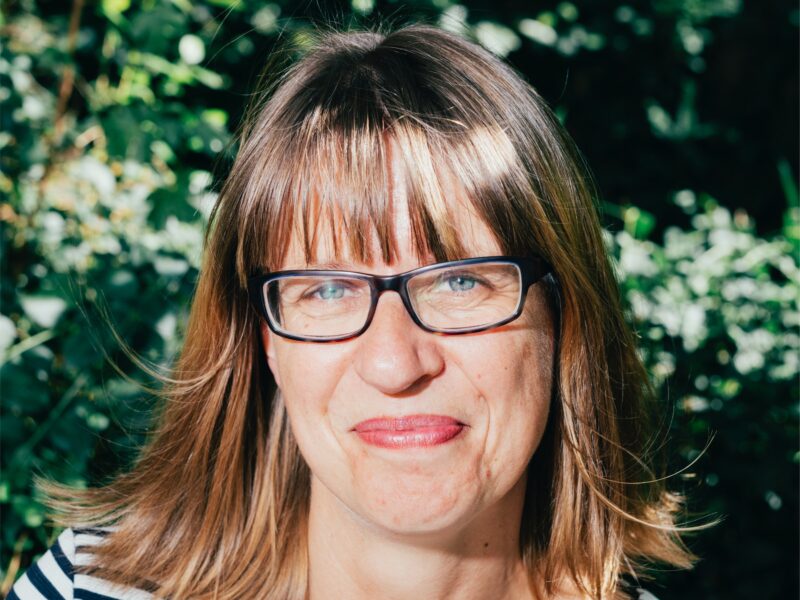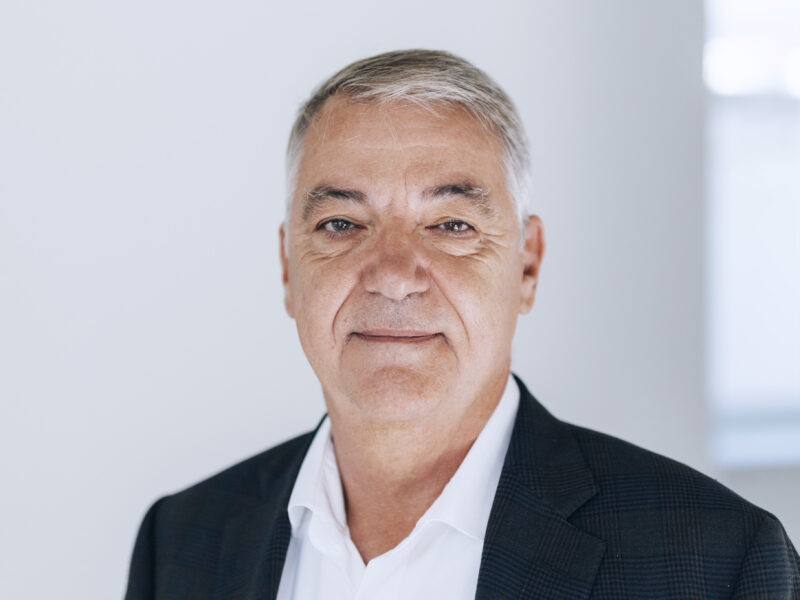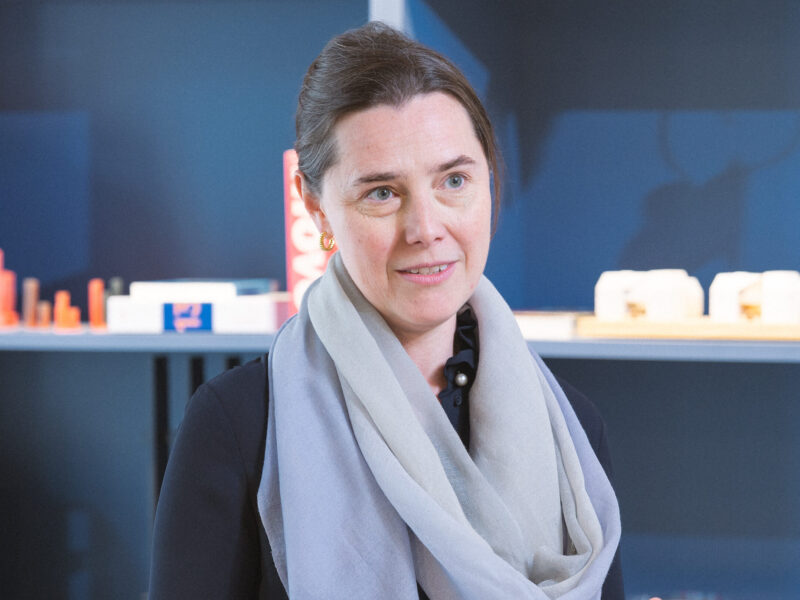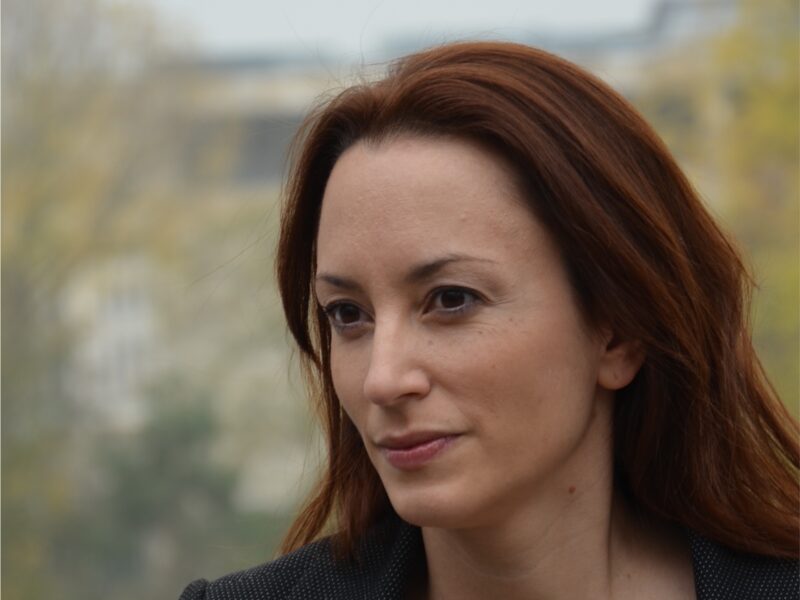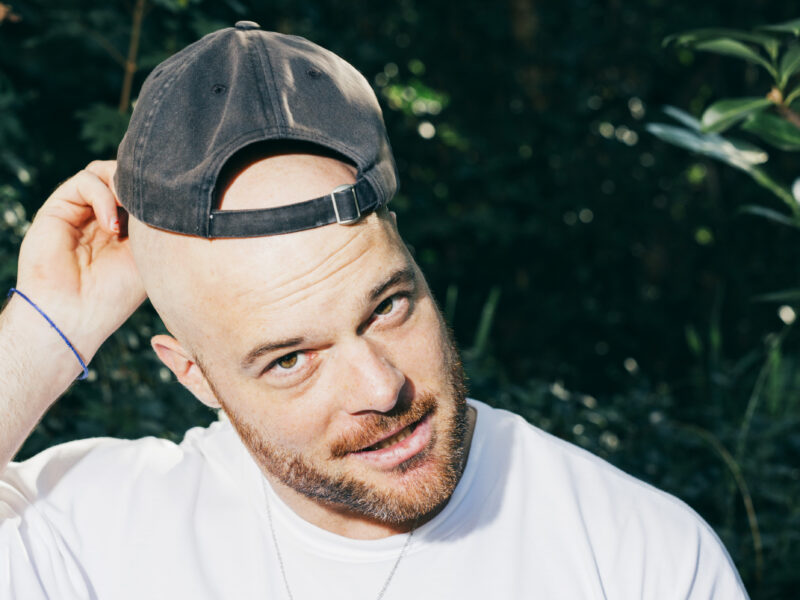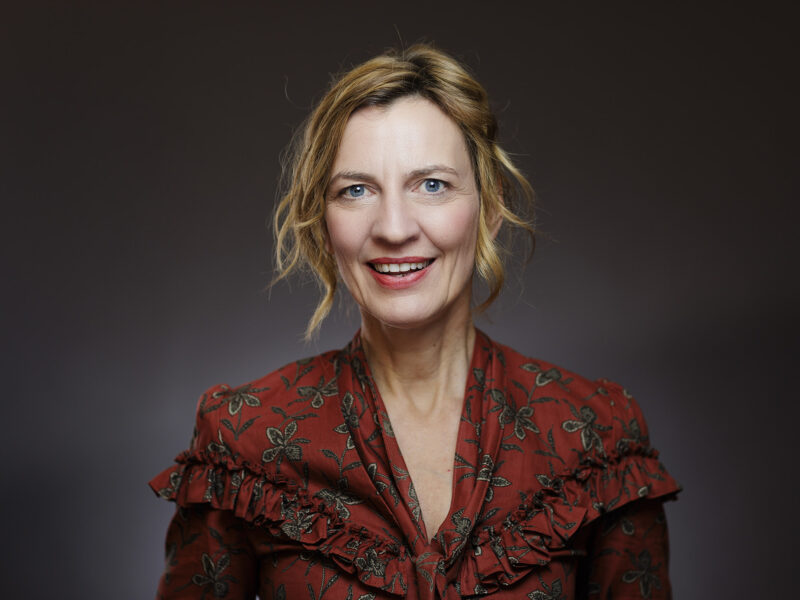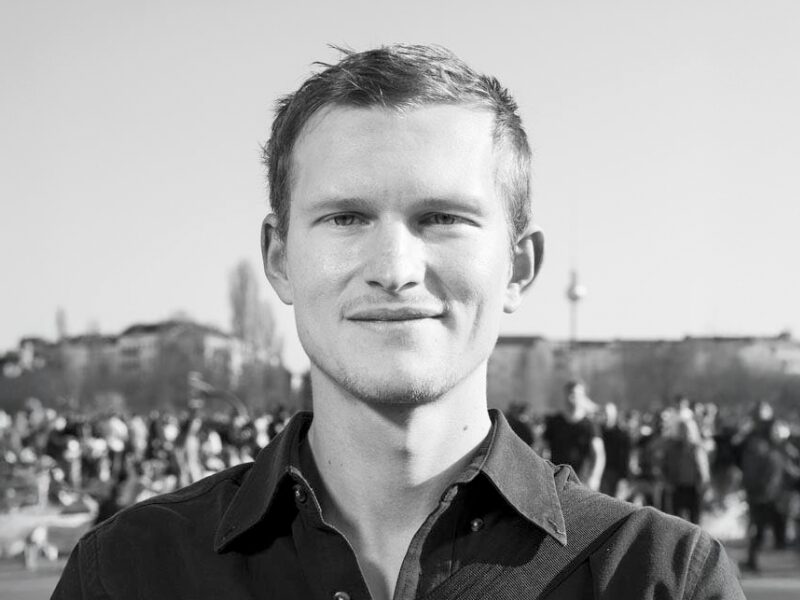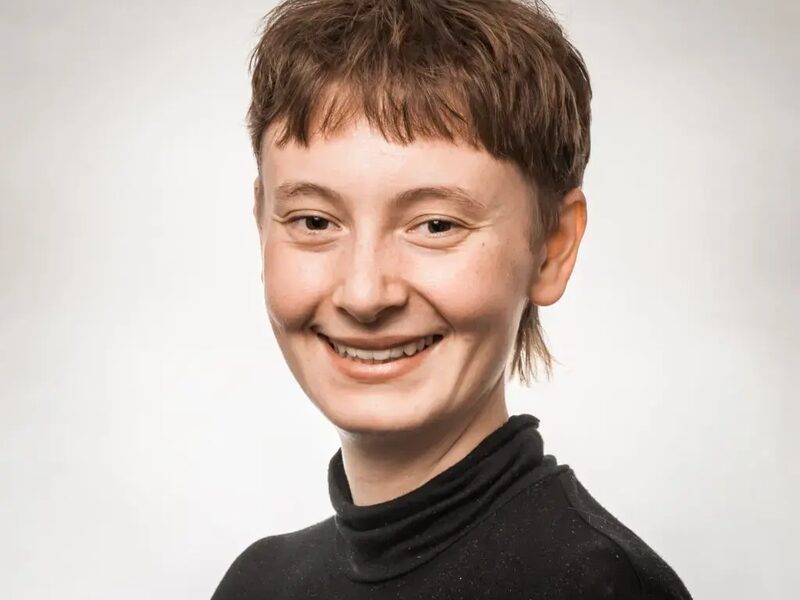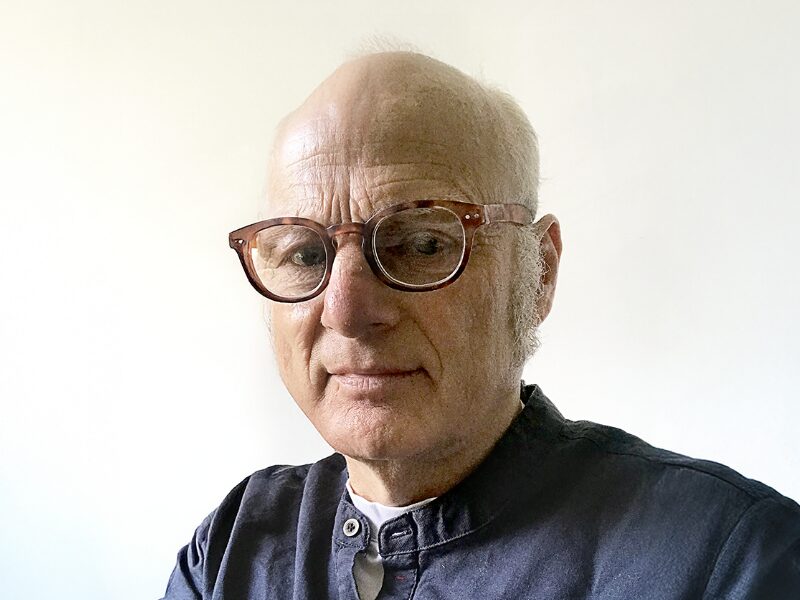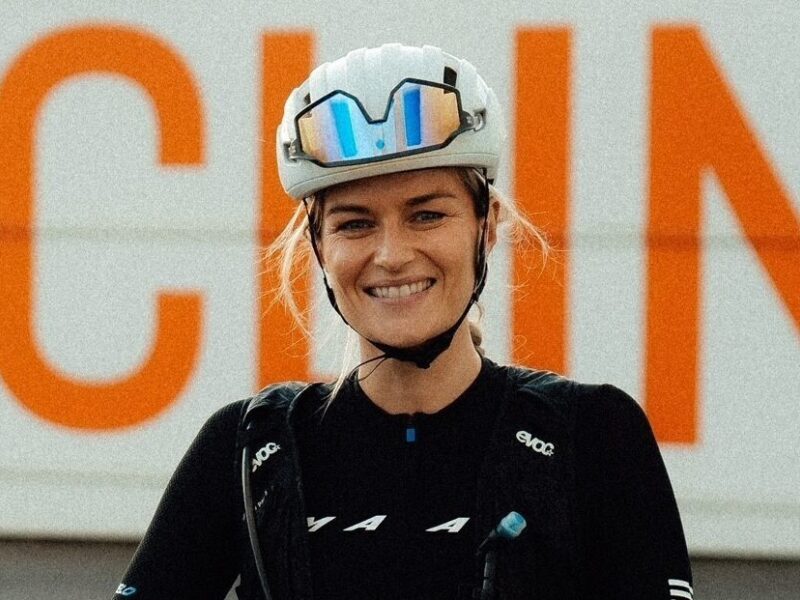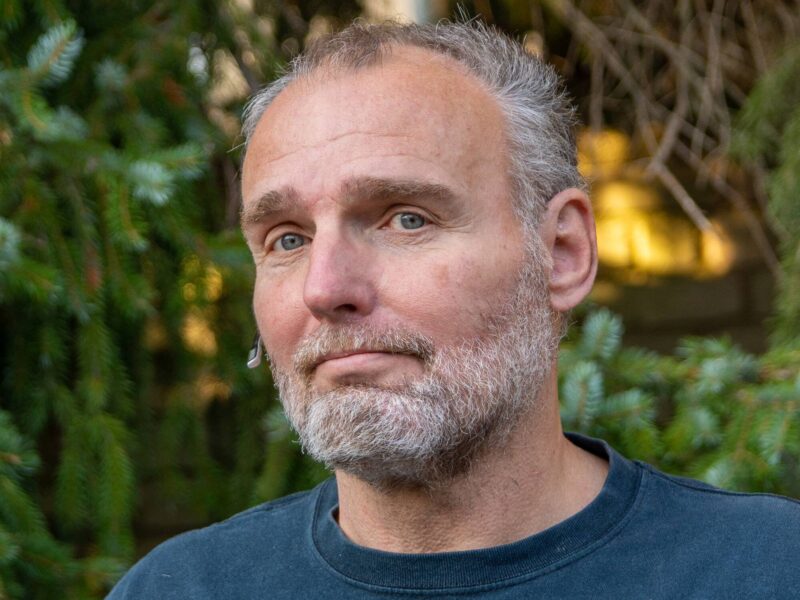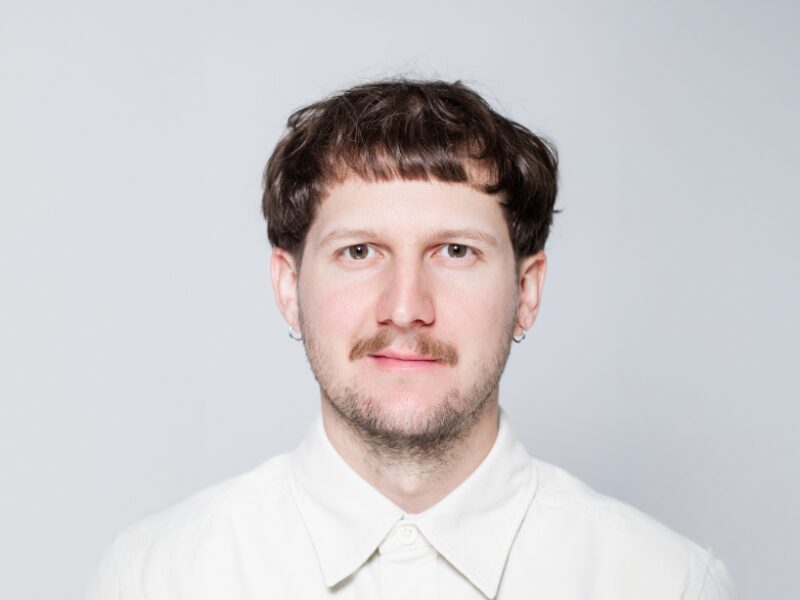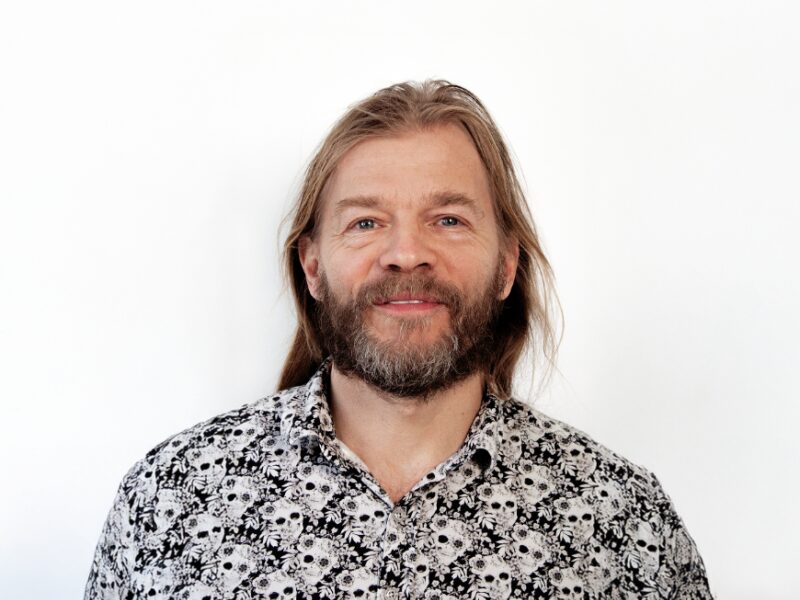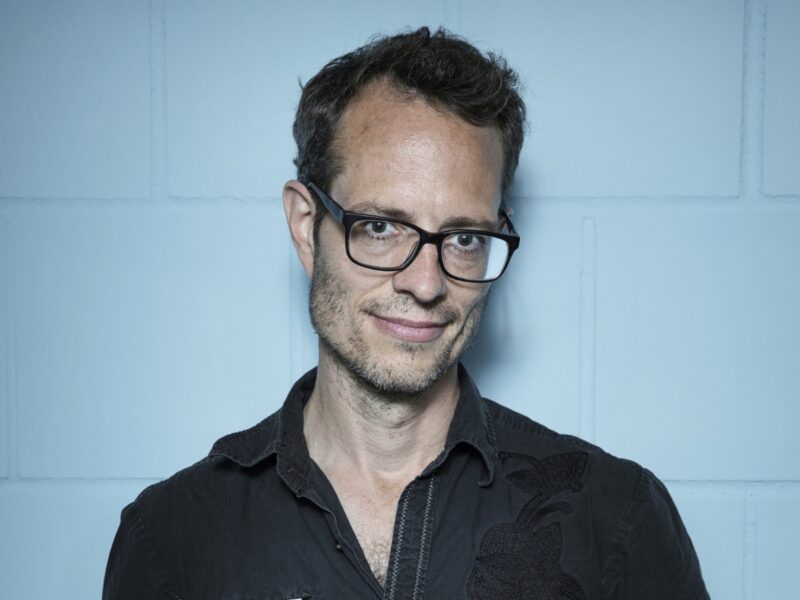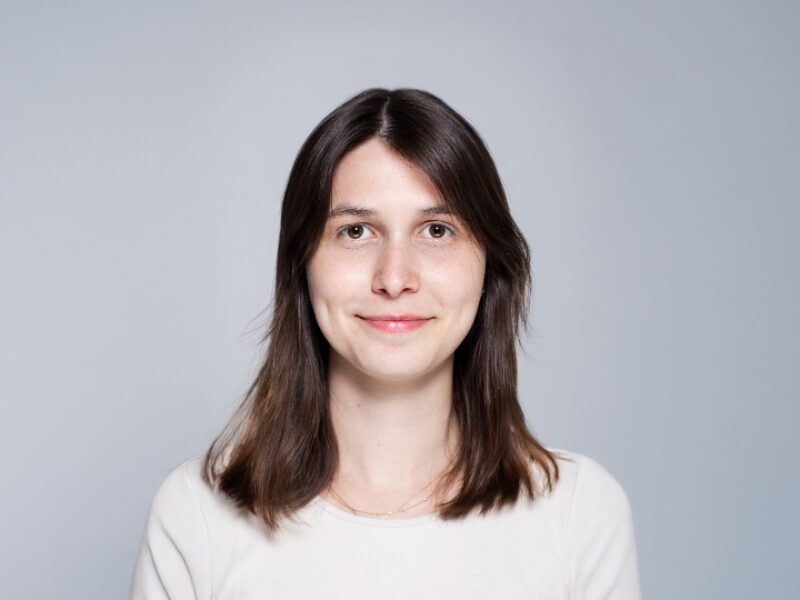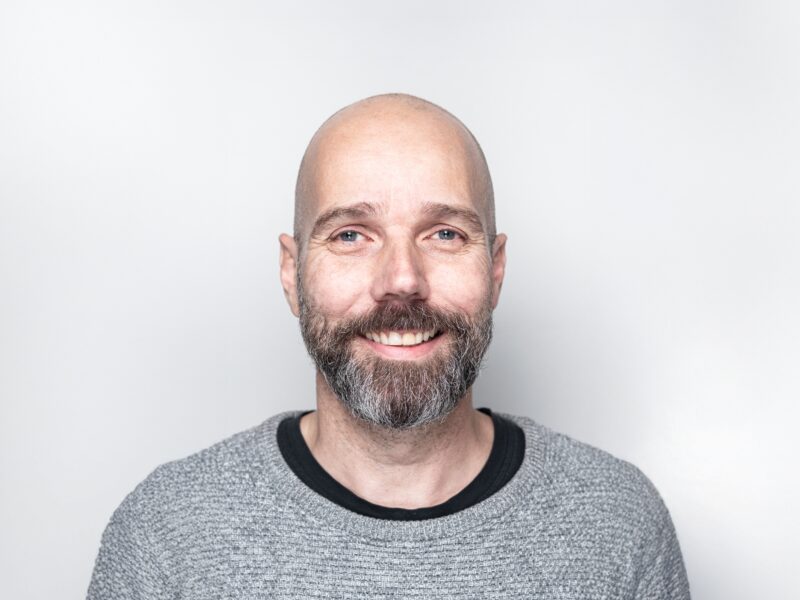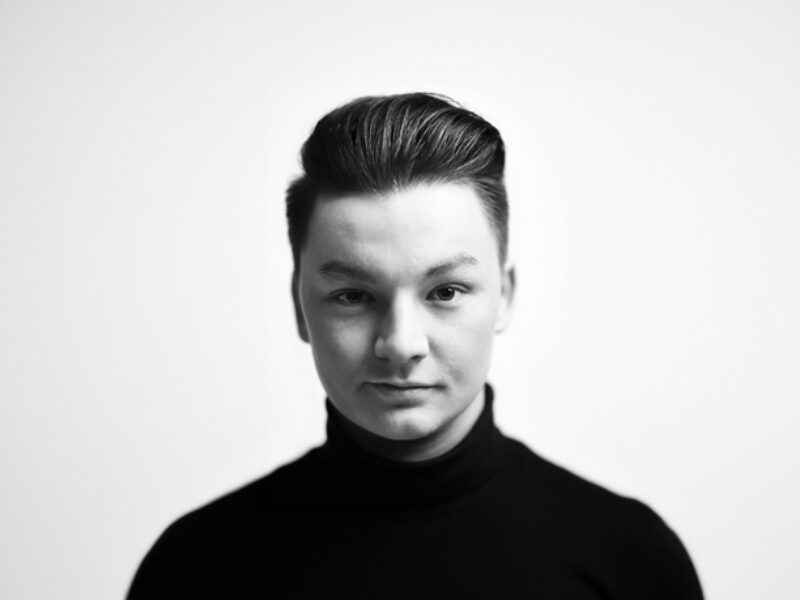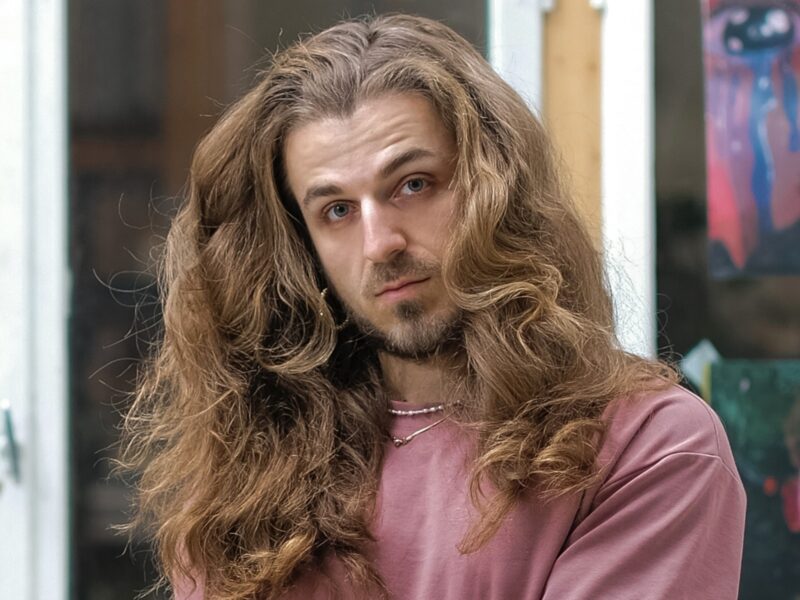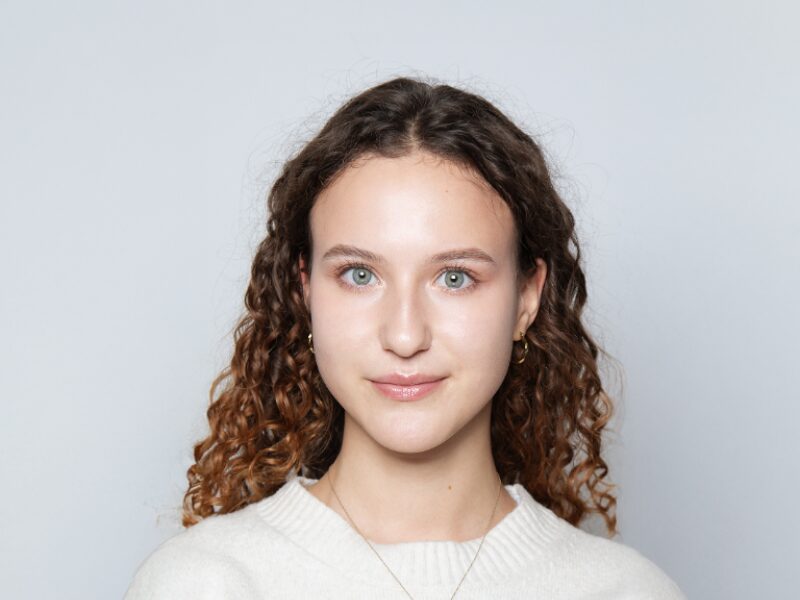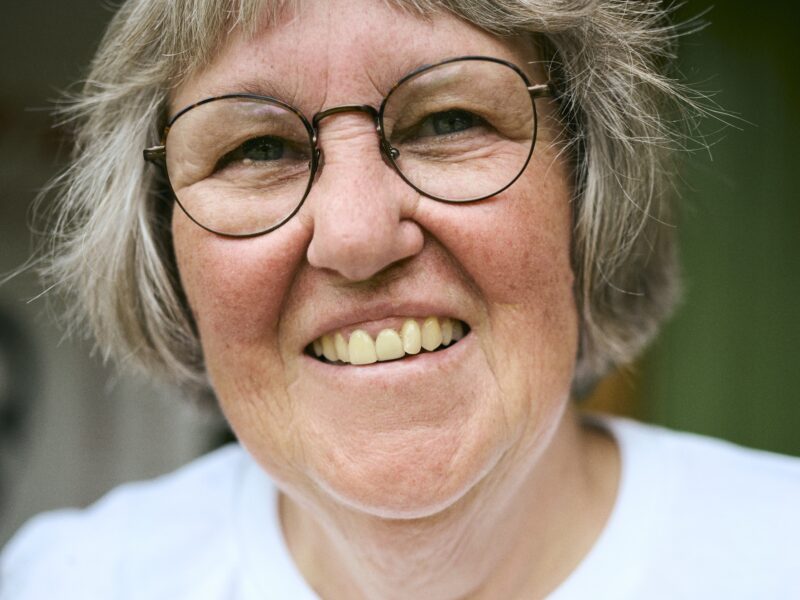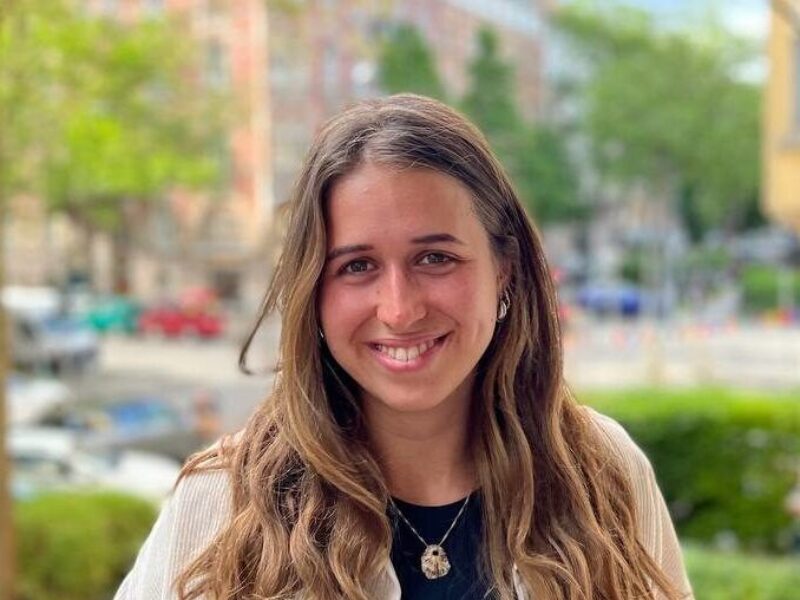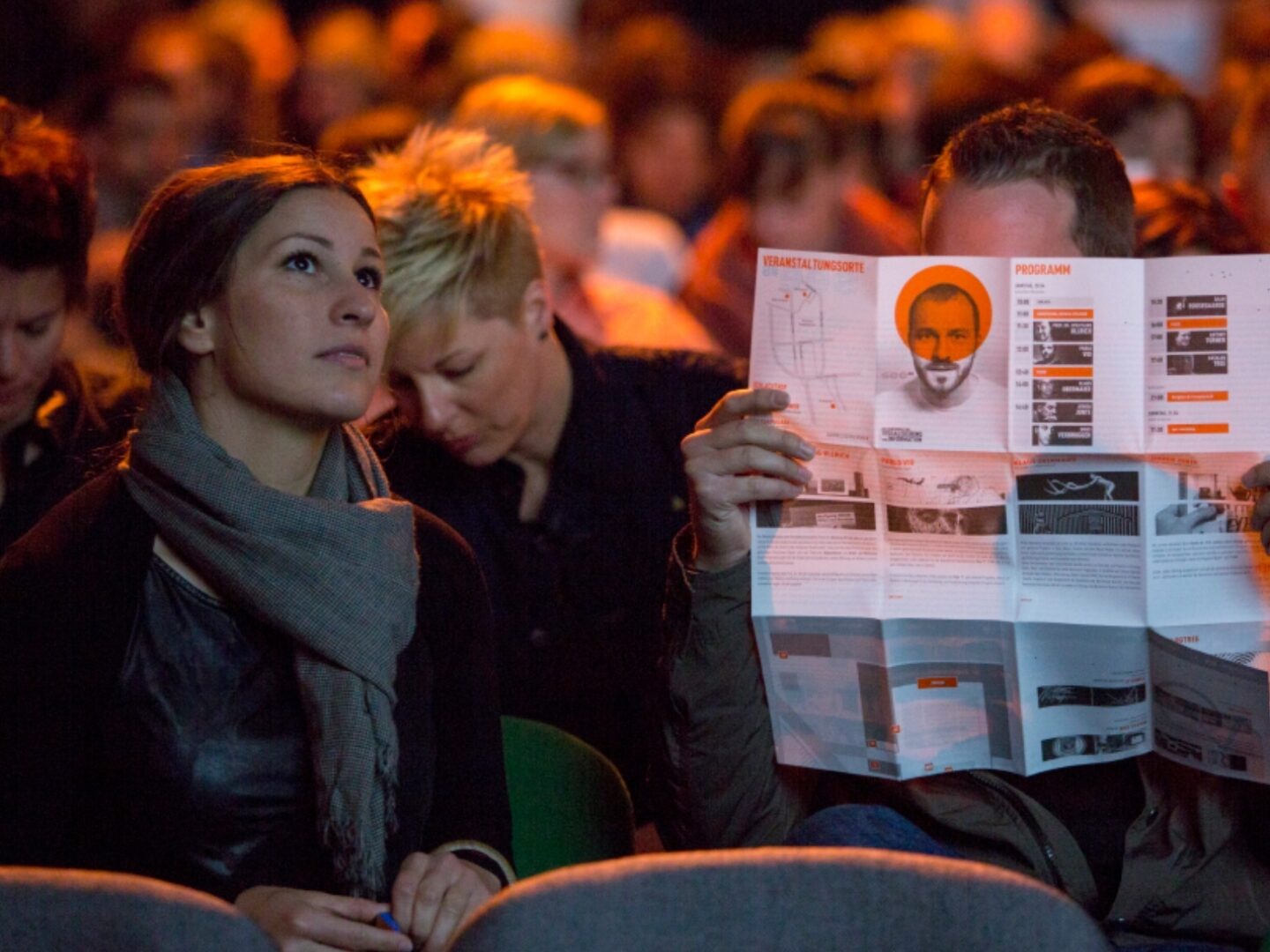im Kulturzentrum Schlachthof
Samstag, 26. April 2025
-
Herzlich willkommen zur see-Conference im einzigartigen Ambiente des Kulturzentrums Schlachthof in Wiesbaden!
Wir freuen uns darauf, euch zu einem inspirierenden Tag voller spannender Vorträge und Diskussionen begrüßen zu dürfen. Haltet bitte euer Ticket und ggf. euren Studierendenausweis bereit.
-

-
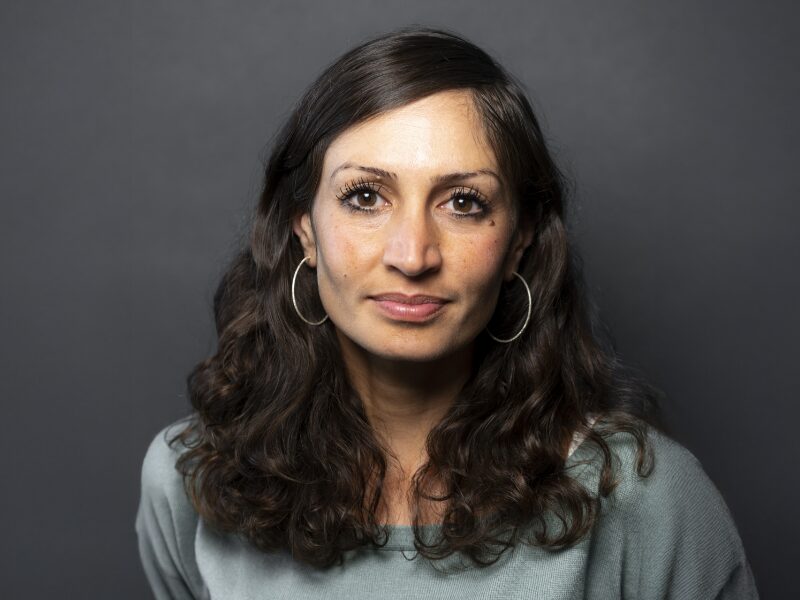
-
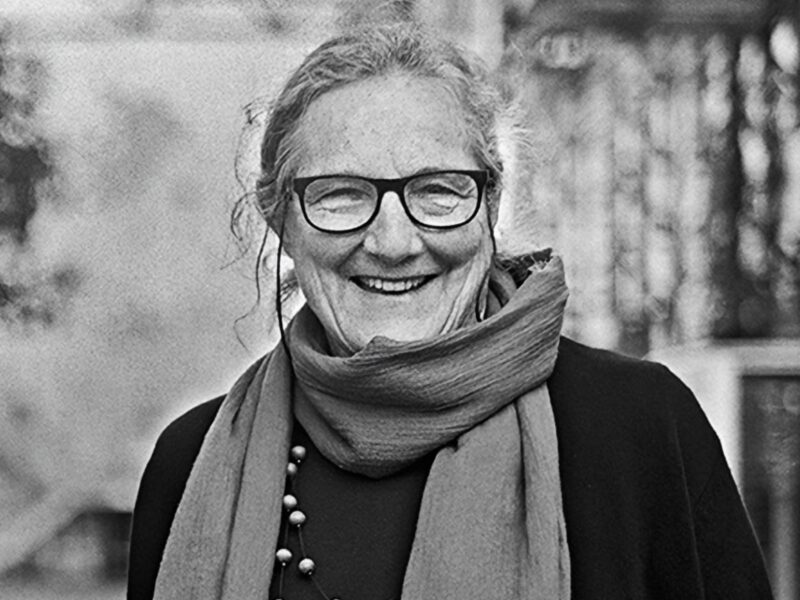
-
Nach den ersten inspirierenden Vorträgen habt ihr nun Zeit, um euch an einem unserer Catering-Stände zu stärken. Es warten vegane und vegetarische Köstlichkeiten und kühle Getränke auf euch.
-
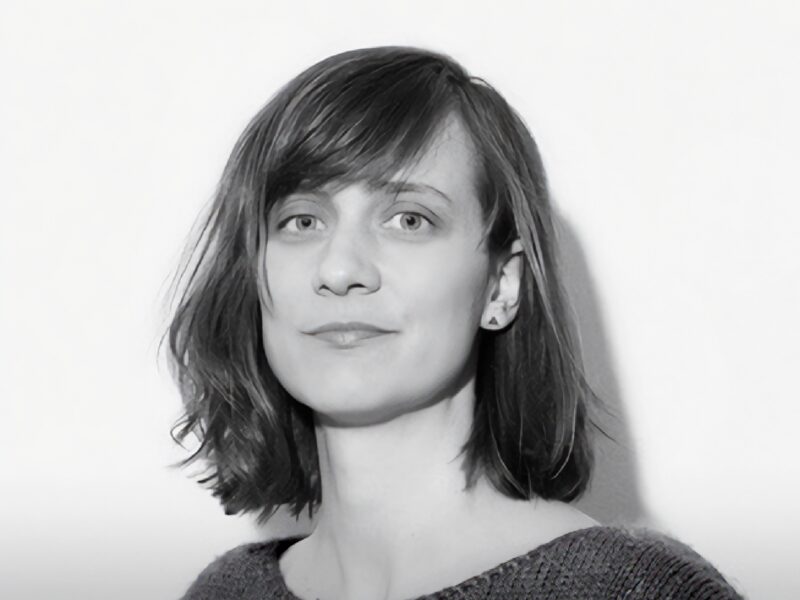
-
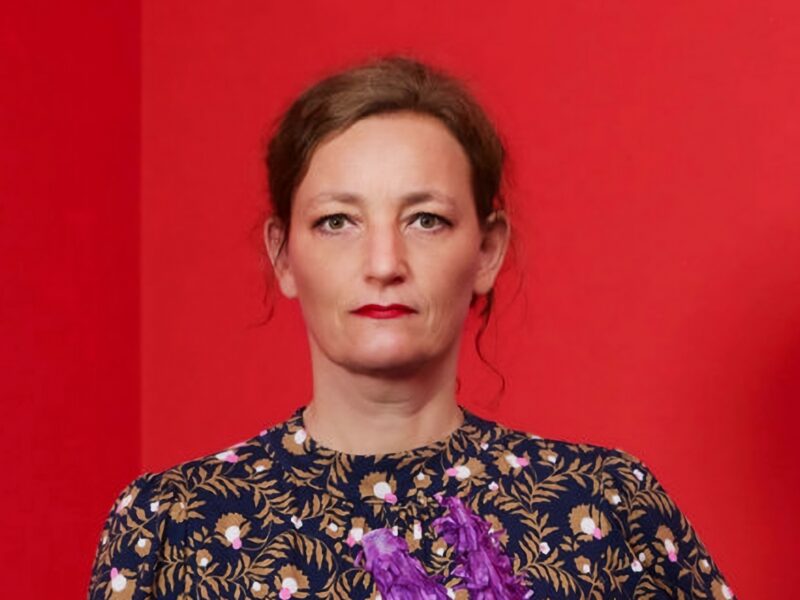
-
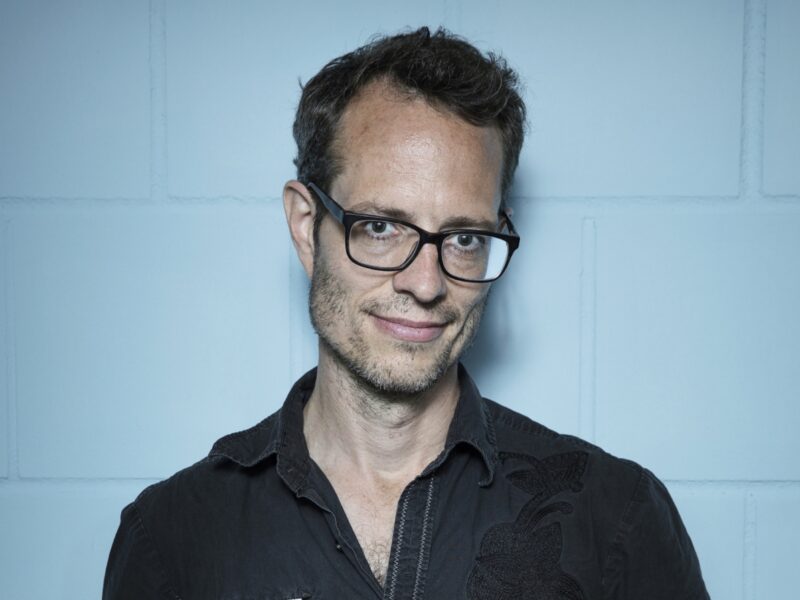
-
Bevor das große Finale startet, laden süße Stückchen und leckerer Kaffee zu einer kurzen Pause an der frischen Luft.
-
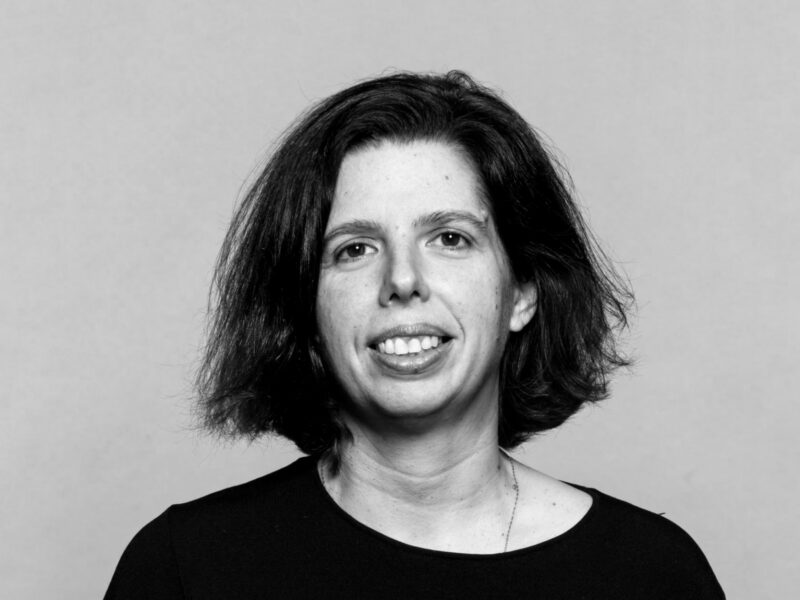
-
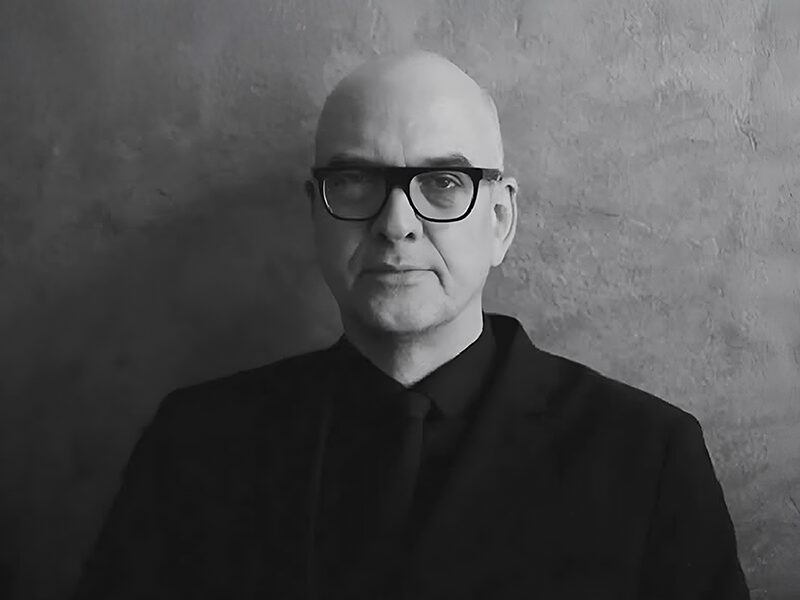
-
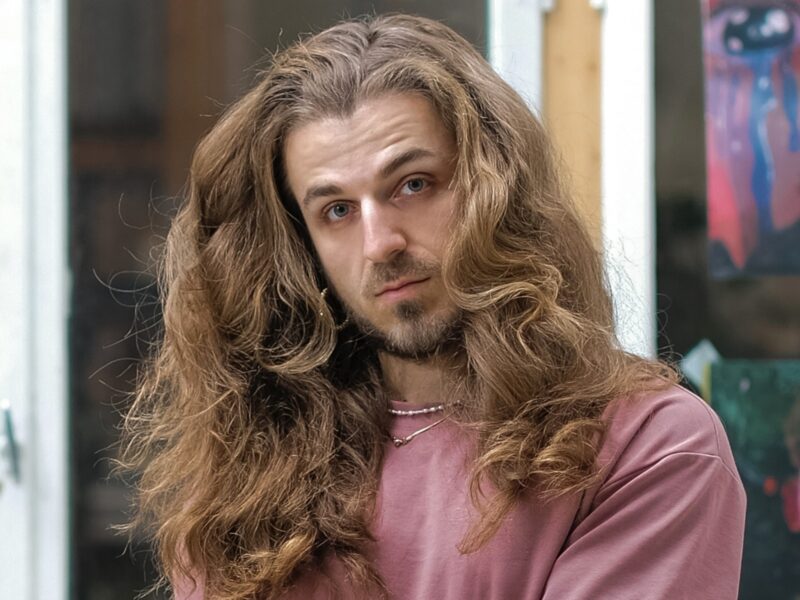
-
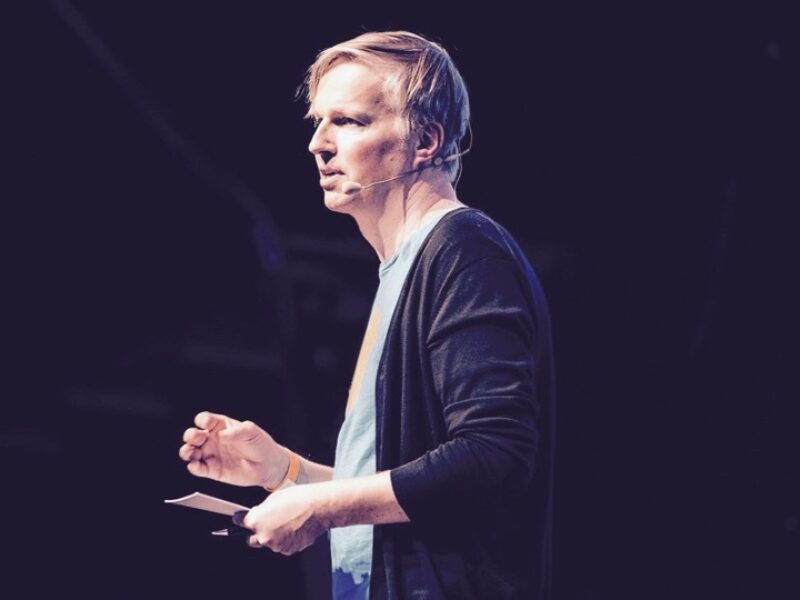
-
Wir hoffen, ihr hattet einen fantastischen Tag auf der 17. see-Conference, wünschen euch eine gute Heimreise und freuen uns auf ein Wiedersehen im nächsten Jahr.
bei Scholz & Volkmer
Sonntag, 27. April 2025
-
Themenblöcke
World Design Capital | Öffentlicher Raum und Gesellschaft | Design und Kunst | Natur und Gesundheit
Formate
Panel-Talks | Workshops | MitgestaltungDie Programmpunkte sind teils teilnehmerbegrenzt – der Fairness halber gilt: first come, first serve
-
Themenblock
Als offizielle Kooperationspartnerin der see ist das WDC-Team am Sonntag samt Werkstattwagen, Talk, Lesungen u.v.m. ganztägig vor Ort. Die World Design Capital Frankfurt RheinMain 2026 bringt Menschen zusammen, die die Zukunft unserer Region aktiv mitgestalten wollen. Durch partizipative Projekte aus dem Open Call, Kooperationen und eigene Events werden gemeinsam Ideen für eine erlebenswerte Zukunft entwickelt. Das Programm für 2026 macht auf vielfältige Weise erlebbar, wie Gestaltung Demokratie stärken und unser Leben positiv verändern kann.
-
Dialogformat
-
Dialogformat
-
Dialogformat
-
Dialogformat
-
Lesung
-
Dialogformat
-
Themenblock
Im folgenden Themenblock findet ihr alle Programmpunkte zu Öffentlichem Raum und Gesellschaft.
-
Panel-Talk | Saal 1.OG
-
Dialogformat | Garten
-
Panel-Talk | Saal 1.OG
-
Workshop | Saal 1.OG
-
Workshop | Café
-
Start Ringkirche Westseite
-
Themenblock
Im folgenden Themenblock findet ihr alle Programmpunkte zu Design und Kunst.
-
Audio-Walk | Start Empfang
-
Workshop | Garten
-
Masterclass | Café
-
Kunstführungen | Start Empfang
-
Masterclass | Café
-
Themenblock
Im folgenden Themenblock findet ihr alle Programmpunkte zu Natur und Gesundheit.
-
Workshop | Garten
-
Workshop | Garten
-
Wir hoffen, ihr hattet einen inspirierenden Tag auf dem see-Camp. Bis nächstes Jahr!
